by Christoph Kulmann and Greta Sondej

Fig. 1: With a bit of luck, you can see northern lights (Aurora borealis) in the night sky during the training week. Copyright © WikiImages 2012 / Pixabay
Long anticipated and eagerly awaited, our student training week starts in snowy Lapland near Sweden’s northernmost city: Kiruna (from the North Sami “giron”, meaning “snow grouse”).
Bremen Airport is already getting us in the mood for the weather that awaits us in Lapland…
Snow galore! Even the wings of our plane have to be de-iced with hot water and alcohol. On the way to Kiruna we meet other student teams from the REXUS/BEXUS programme. After five hours of flying and numerous transfers, we finally arrive! The plane door opens and we walk down the gangway (still nicely warmed up from the plane). “Oh, it’s not that cold…” is our first thought. Slowly, the cold creeps through our clothes bit by bit. A glance at the thermometer at Kiruna airport (see Fig. 2) makes us freeze: We read an unbelievable -26°C (-14.8°F) on the display! This is much colder than the average temperature in a freezer, which is only -18°C (-0.4°F). On the plus side, Kiruna definitely keeps us VERY fresh…
Not far away lies the civilian balloon and rocket launch site European Space and Sounding Rocket Range (also known simply as Esrange), which has been operated by the Swedish Space Corporation (SSC) since 1972. However, the Esrange site is not open to the general public. The SSC uses it to launch sounding rockets and stratospheric balloons for research purposes. There is also a satellite communications station here. With our student training week (STW) at Esrange, we get the first impression of the rocket launch site for our later launch campaign. This will take place from the beginning to the middle of March 2019. During this period, our FORAREX project will also launch into space with the sounding rocket REXUS 25.
Tight schedule
The training week with its extensive schedule is an integral part of the REXUS/BEXUS programme, which we presented to you in our last article. The German Space Agency (DLR) Oberpfaffenhofen site (near Munich, Germany) and the Esrange Space Center in Sweden alternate as hosts every year. During this week, all (European) RX/BX teams of the current cycle get to know each other for the first time. Each team presents its project. In addition, there is an introduction to the REXUS/BEXUS programme and information about the Esrange location.
Every morning starts with a little lesson in Swedish, in which we learn at least a few important phrases (“Hello! – Hej!”, “How are you? – Hur mår du?”, “Thank you very much! – Tack så mycket!”, “A beer please. – En öl, tack.”, and similar useful things). Then it’s on to the day’s agenda.
In addition to workshops and lectures on defined topics (RX/BX related), excursions (Esrange Visitor Centre, MAXUS launch pad, Bio-Lab, Kiruna City and ICEHOTEL) are part of the programme. The little free time we have is used for skiing, sauna, watching northern lights (see Fig. 1), exploring or for frosty experiments (see Fig. 3a and b).
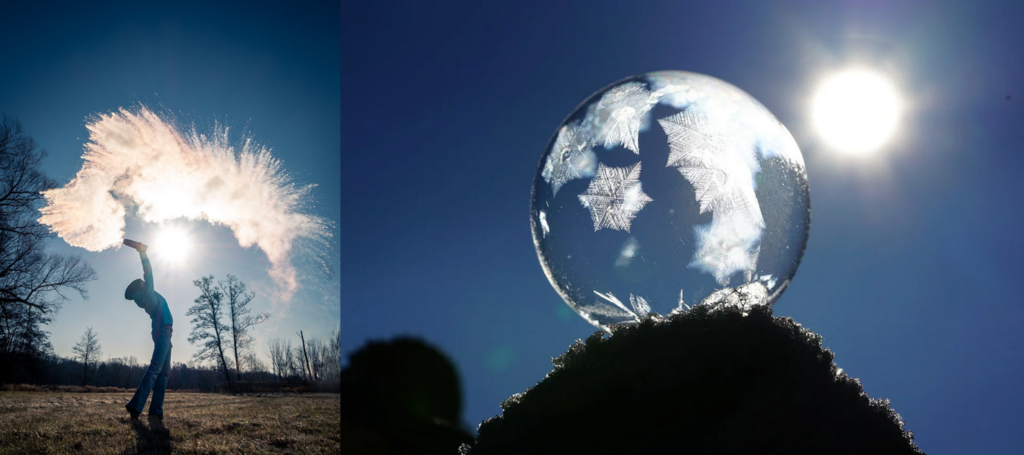
Fig. 3a and b: The icy cold tempts the students to experiment in nature. Either with hot water that freezes into snow or ice within seconds (left), or with soap bubbles (right). First, crystal flakes appear on these bubble shells until finally a closed ice shell is formed. Picture left: Copyright © Norbert Pietsch 2018 / Pixabay; picture right: Copyright © Hans Braxmeier 2017 / Pixabay
Walking through Winter Wonderland

Fig. 4: Atmospheric research is particularly good on Esrange Radar Hill on clear nights. Copyright © Zoltan Tot 2017 / Pixabay
A two-hour night hike at -26°C (-14.8°F) takes us to the highest point of the Esrange Space Centre: Radar Hill. This houses a satellite control station, a GPS reference station and a balloon telecommunication system. A Rayleigh-Mie-Raman lidar (radar-like system for remote measurement of atmospheric parameters) and other scientific instruments are also installed there (similar as in Fig. 4). The hill also serves as an observation site for small rocket launches and balloons, such as our launch.
We set off on the long, steep path. Freezing cold accompanies us, no road lit, pitch dark night. The air we breathe covers our hats, scarves and jackets in fine snow. And for those who wear glasses, it is particularly nasty: The air paints ice flowers on their lenses. A different kind of privacy protection. Even the best torch is of no use here. It’s so cold that the moisture in the ambient air is drawn out by freezing. Everything becomes dry: mouth, face, hands. You drink a lot while walking and often put cream on your face and hands. When we breathe in through our nose, we notice how the moisture freezes into ice crystals on the hairs of our nose. It feels like a tickle.
Finally arrived at the top. A wide, snowy view of the valley. The lights of Kiruna twinkle in the distance. The sky is clear. Now we know why atmospheric research is done up here. With a bit of luck, you can even catch a glimpse of the northern lights (see Fig. 1) in the evening hours. With camera in hand, beautiful pictures are taken – for now. Because at the end of the long hike we have to realise that all the cameras carried outside the bags are frozen.
A student from Luleå University of Technology (the residential university campus Kiruna) reassures us by saying: “Actually, it’s relatively warm now, last week we had -35°C (-31°F).” Oh! Good thing we’re here this week. Surprisingly, you quickly adapt to the cold. We experience this literally on our own bodies. After one or two days, the temperatures climb to as low as -10°C (+14°F). Already, a “heat wave” breaks out among the students. “Oh, that’s why it’s so warm. It’s only -10°C (+14°F) now.” Caps and scarves were yesterday.
Sightseeing
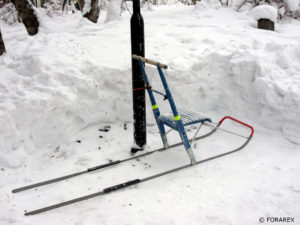
Fig. 5: Street scene in the small town of Kiruna: The local means of transport must of course be properly secured. Copyright © FORAREX 2018
Our sightseeing tour begins with a leisurely walk through the town of Kiruna, where we encounter not only the local winter markets with reindeer skins and the wooden church Kiruna kyrka but also one or the other – for our Northern German climes unusual – means of transport (see Fig. 5).
Before the afternoon sun sets completely at around 3:30 pm, we drive out of town to Márkanbáiki, an open-air museum about the Sámi people.
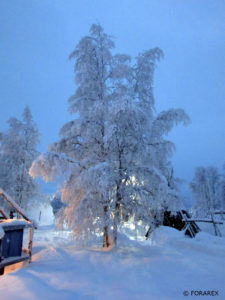
Fig. 6: Impression of the Sámi museum village. In the background you can see the traditional Sámi dwelling “Goahti”. The afternoon sun is just strong enough for a photo. Copyright © FORAREX 2018
The Sámi are an indigenous people in northern Fennoscandia. The museum is a reconstructed village of huts and tents (see Fig. 6) showing the Sámi way of life close to nature. Reindeer are an important economic component. In the open-air museum you can even get up close and personal with these animal companions (see Fig. 7). A film about the life of the Sámi is shown in a wooden hut. The pictures (similar to Fig. 8) and the music remind us of the indigenous peoples of North America.
For a cosy end, you can try traditional Sámi snacks at Café Sápmi or warm your hands by a small campfire in the snow.
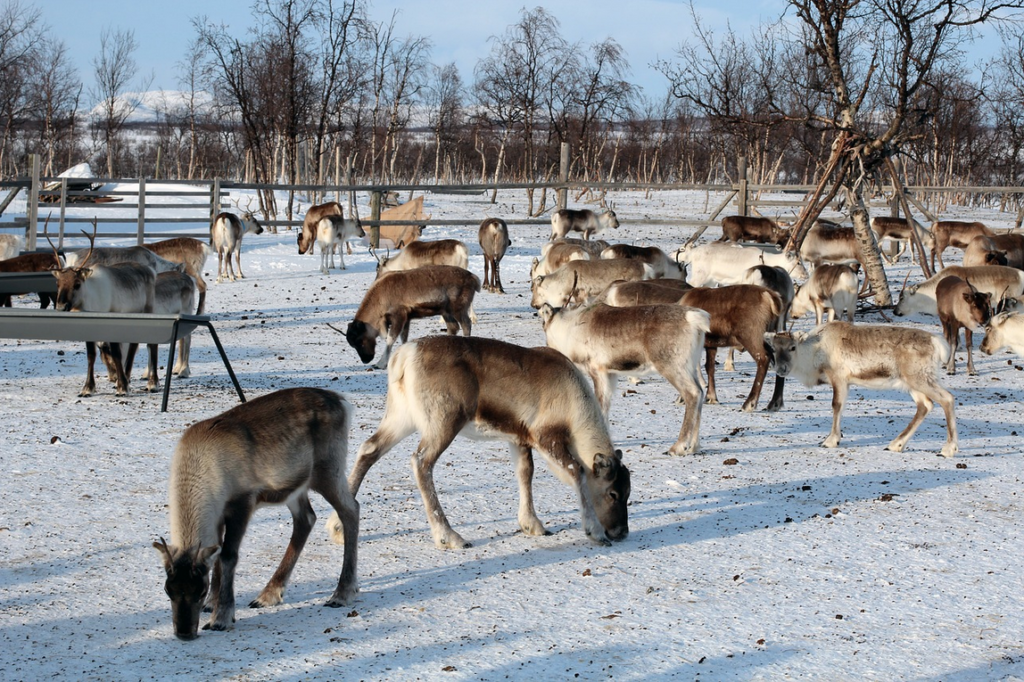
Fig. 7: Direct contact with the charming reindeer is certainly one of the visitor highlights in the open-air museum. Not only for the biologists among the students. Copyright © Maike und Björn Bröskamp 2017 / Pixabay
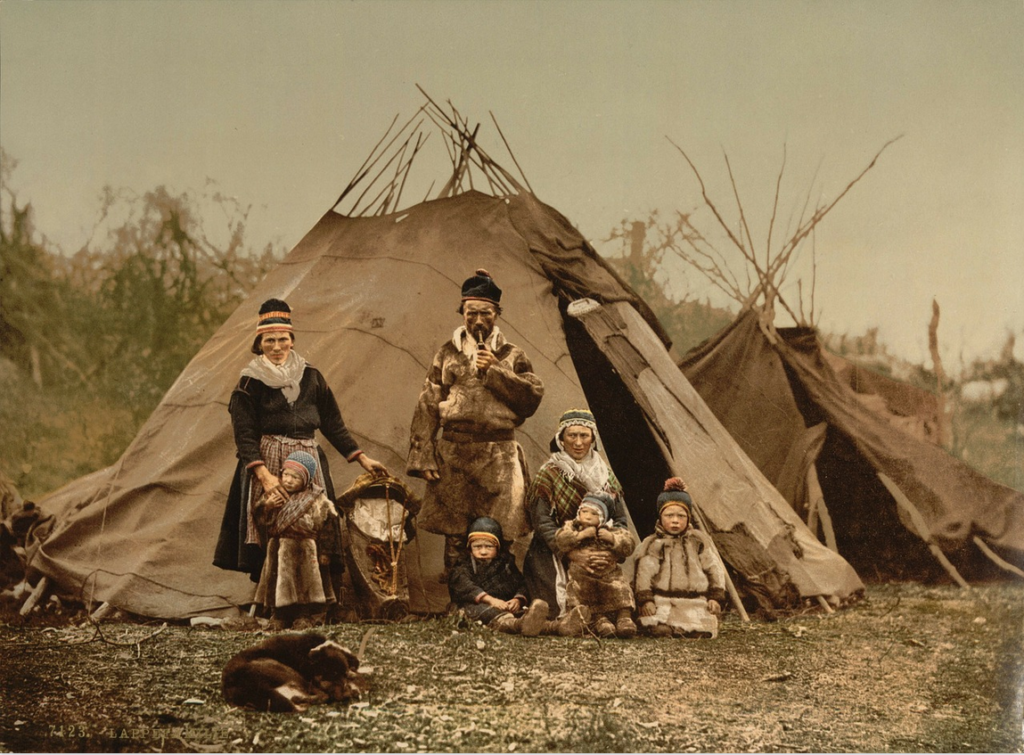
Fig. 8: The indigenous people of Lapland live and work to the rhythm of nature. Copyright © WikiImages 2013 / Pixabay
The grand finale is a visit to the world-famous ICEHOTEL in Jukkasjärvi, which is rebuilt every year from October. You can stay at the hotel from mid-December to mid-April. With outside temperatures around -30°C (-22°F), it is really cosy and warm inside at around -5°C (+23°F). Each room is individually designed. The furnishing style ranges from maritime motifs to space travel. On the carved ice beds, reindeer skins warm the cold feet (see Fig. 9). Those who are now frozen can thaw out again at the in-house ICEBAR with high-percentage drinks. You just have to be careful not to freeze your lips on the glasses made of ice.

Fig. 9: View into a room of the Ice Hotel. The rooms are elaborately and lovingly designed. Despite the cold in the rooms, they appear inviting and cosy. Copyright © FORAREX 2018
We leave Kiruna and Esrange with unforgettable memories. Well prepared, we are already looking forward to a “cool” reunion at our launch campaign in March.
Image credits
[1]: Copyright © WikiImages 2012 on Pixabay; URL: https://pixabay.com/de/photos/aurora-borealis-polarlicht-nordlicht-69221/ [Last access: 20-Nov-2021]
[2] Copyright © FORAREX 2018
[3a and b] Left image: Copyright © Norbert Pietsch 2018 on Pixabay; URL: https://pixabay.com/de/photos/himmel-natur-mpemba-wasserdampf-3181007/ [Last access: 20-Nov-2021]
Right image: Copyright © Hans Braxmeier on Pixabay; URL: https://pixabay.com/de/photos/seifenblase-kristalle-eiskristalle-1959327/ [Last access: 20-Nov-2021]
[4] Copyright © Zoltan Tot on Pixabay; URL: https://pixabay.com/de/photos/antenne-auroraboralis-nacht-2137966/ [Last access: 20-Nov-2021]
[5] Copyright © FORAREX 2018
[6] Copyright © FORAREX 2018
[7] Copyright © Maike und Björn Bröskamp on Pixabay; URL: https://pixabay.com/de/photos/rentier-winter-schnee-eis-kalt-2369365/ [Last access: 20-Nov-2021]
[8] Copyright © WikiImages 2013 on Pixabay; URL: https://pixabay.com/de/photos/familie-lappen-sami-lappland-67652/ [Last access: 20-Nov-2021]
[9] Copyright © FORAREX 2018



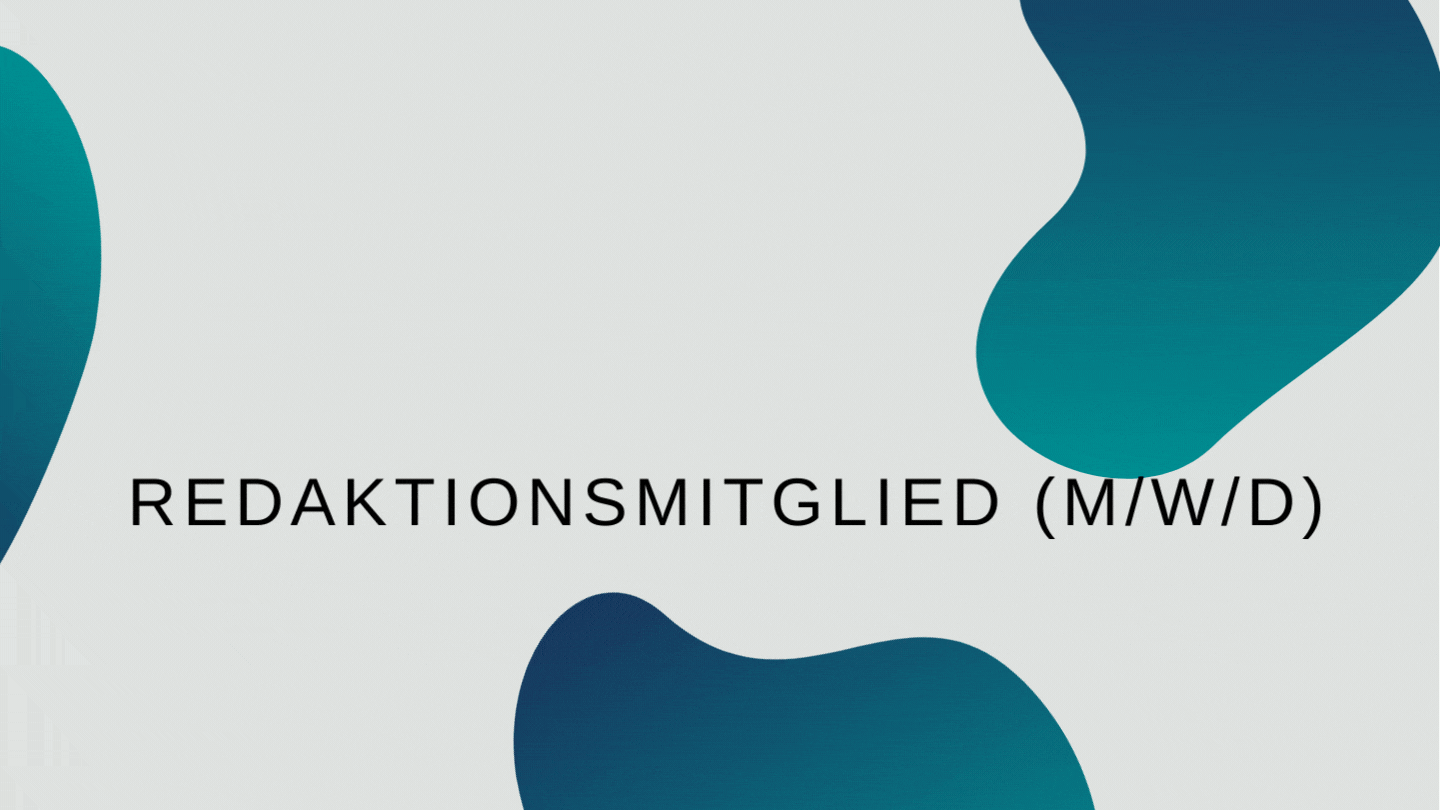

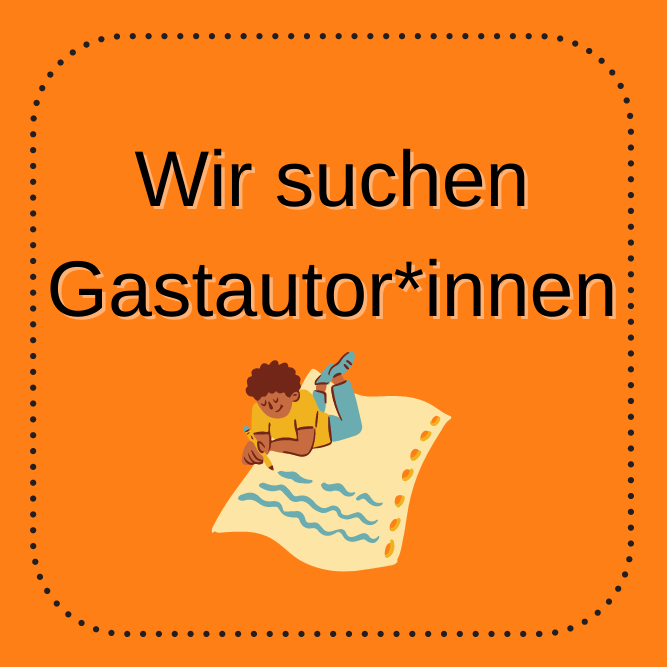



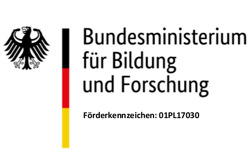
Thank you for any other informative blog. The place else could I get that kind of info written in such a perfect way? I’ve a project that I am just now operating on, and I’ve been at the look out for such info. Rank Nebula
Wow -26!!
We also agree, we left with unforgettable memories!
It’s such an amazing location, and I’m so glad I visited and made Kiruna my first lapland experience!
Thanks for sharing your trip!